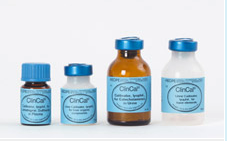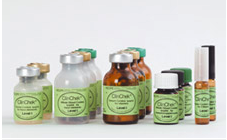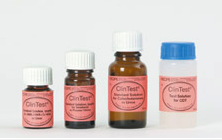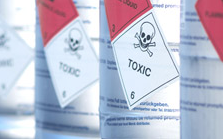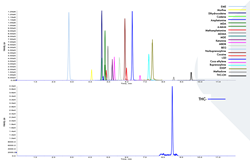The development of NOACs represented an important progress in therapy for the prevention
of arterial and venous thromboembolism. The “direct oral anticoagulants” DOACs or “new oral
anticoagulants” NOACs are represented by Edoxaban, Rivaroxaban, Apixaban (inhibitors of
coagulation factor Xa) and by Dabigatran (direct thrombin inhibitor). Although NOACs show
many advantages, the reduction in hepatic metabolism and impairment of renal function can
cause an increase in the plasma concentration of the drug, inducing the risk of bleeding and
developing a thromboembolic episode. Since it appears that there is a direct association between
the plasmatic NOAC concentration and the anticoagulant effect, it is possible to predict the
existence of therapeutic plasma concentration ranges where the risk of these effects is lower. TDM
(Therapeutic Drug Monitoring) is generally recommended for drugs with large pharmacokinetic
variability, drugs with a narrow therapeutic index, and drugs that have no clear association
between drug concentration and therapeutic effect and/or adverse reaction. Since all these
points fit to NOACs, a targeted dosage is necessary for a good TDM and optimization of therapy.


